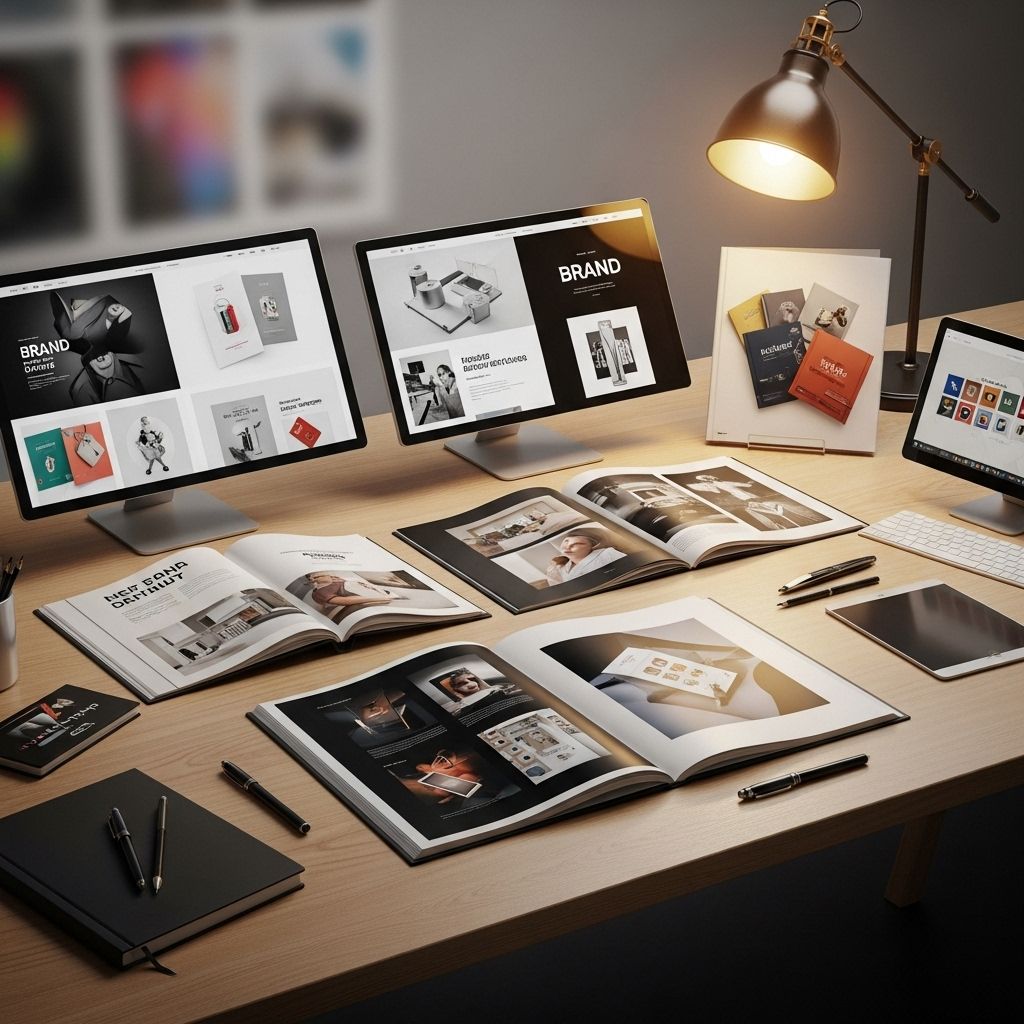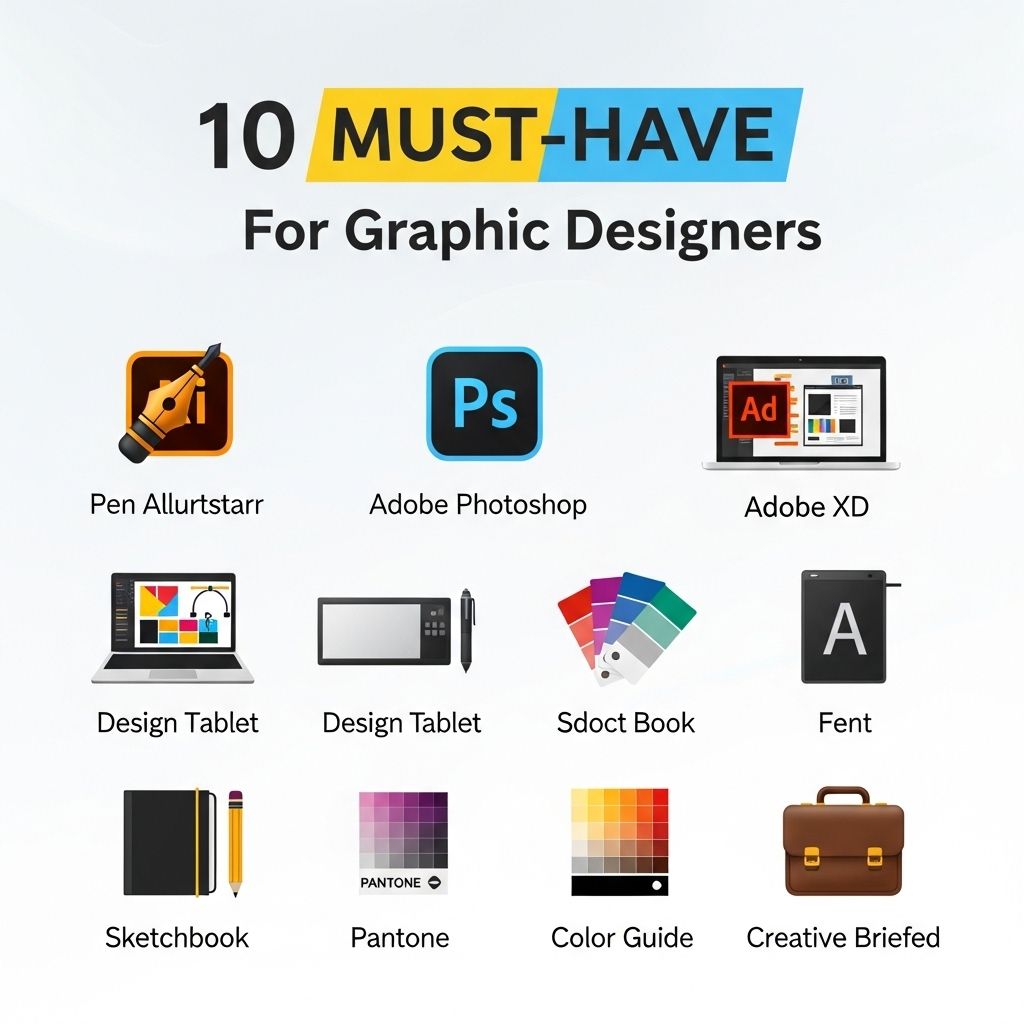Graphic design is a captivating field that blends creativity with technology to communicate ideas effectively. For beginners, stepping into this realm can be both thrilling and daunting. With an overwhelming array of tools, techniques, and theories, it’s essential to have a solid foundation to build upon. This article will provide you with ten essential graphic design tips that will not only enhance your skills but also boost your confidence as you embark on your design journey.
Understanding the Basics of Design Principles
Before diving into practical tips, it’s crucial to grasp the fundamental design principles. These principles serve as the backbone of effective graphic design:
- Contrast: This principle helps to distinguish elements from one another, making your design more visually appealing.
- Alignment: Proper alignment ensures that each element has a visual connection, creating a cleaner and more organized look.
- Hierarchy: By understanding hierarchy, you can guide the viewer’s eye across your design in a deliberate manner.
- Repetition: This creates consistency and cohesion within your design by repeating elements like colors, shapes, or fonts.
- Balance: Achieving balance, whether symmetrical or asymmetrical, can make your design feel stable.
Choosing the Right Tools
As a beginner, selecting the right graphic design tools can significantly impact your learning experience. Here are some popular software options you might consider:
| Software | Type | Price |
|---|---|---|
| Adobe Photoshop | Raster Graphics | Subscription |
| Adobe Illustrator | Vector Graphics | Subscription |
| Canva | Web-based/Template Based | Free/Paid |
| Inkscape | Vector Graphics | Free |
| GIMP | Raster Graphics | Free |
Color Theory and Its Importance
Color plays a vital role in graphic design, influencing emotions and perceptions. Understanding color theory can improve your designs significantly. Here are some key concepts:
The Color Wheel
The color wheel is a fundamental tool that showcases the relationships between different colors. It’s divided into:
- Primary Colors: Red, Blue, Yellow
- Secondary Colors: Green, Orange, Purple (created by mixing primary colors)
- Tertiary Colors: Combinations of primary and secondary colors
Color Schemes
Using color schemes can enhance the visual appeal of your designs. Here are some popular schemes:
- Complementary: Colors opposite each other on the color wheel.
- Analogous: Colors that are next to each other on the wheel.
- Triadic: Three colors that are evenly spaced around the wheel.
Typography Matters
The choice of fonts can make or break your design. Effective typography should be legible and appropriate for the message you want to convey. Consider the following:
Font Pairing
Combining different fonts can create interest, but it’s crucial to choose pairs that complement each other. Here are some guidelines:
- Mix serif and sans-serif fonts for contrast.
- Limit your design to two or three different fonts.
- Choose a font that reflects the tone of your message.
Readability
Ensure that your text is easy to read by considering:
- Font size should be large enough for clear visibility.
- Line height should provide enough space between lines.
- Avoid overly decorative fonts for body text.
Utilizing White Space
White space, or negative space, is the area around your design elements. It is often overlooked but can greatly enhance the overall composition. Here’s why it matters:
- It helps to create breathing room in your design.
- It can focus the viewer’s attention on specific elements.
- It improves overall aesthetics and organization.
Incorporating Visual Hierarchy
Establishing a clear visual hierarchy helps guide the viewer’s eyes to the most important information first. You can achieve this through:
- Size: Larger elements are often perceived as more important.
- Color: Bright or contrasting colors can highlight critical information.
- Placement: Positioning elements strategically can emphasize their significance.
Embracing Feedback and Iteration
As a beginner, receiving constructive feedback is crucial for growth. Here’s how to make the most out of feedback:
- Share your work with fellow designers or mentors.
- Ask specific questions to guide the feedback you receive.
- Be open to criticism and willing to make adjustments.
Practicing Regularly
Like any other skill, graphic design requires consistent practice. Try engaging in the following activities:
- Recreate designs that you admire to understand their components.
- Work on personal projects that interest you.
- Participate in design challenges to stretch your creativity.
Staying Updated with Design Trends
The design world is ever-evolving. Staying updated with the latest trends helps you remain relevant. Here are some resources to keep you informed:
- Follow design blogs and websites like Smashing Magazine and Creative Bloq.
- Join design communities on platforms like Dribbble and Behance.
- Subscribe to newsletters from renowned design agencies.
Conclusion
Embarking on your graphic design journey can be intimidating, but by applying these tips, you can build a solid foundation to enhance your skills. Remember to be patient with yourself and embrace the learning process. Through practice and dedication, you’ll develop your unique style and approach to graphic design, paving the way for a rewarding creative career.
FAQ
What are the essential graphic design tips for beginners?
Beginners should focus on mastering the basics of color theory, typography, composition, and the use of whitespace. It’s also vital to practice regularly and seek feedback from peers.
How can I improve my graphic design skills quickly?
To improve your graphic design skills quickly, engage in daily practice, take online courses, study design trends, and analyze the work of professional designers to understand effective techniques.
What tools should I use for graphic design as a beginner?
Beginner graphic designers can start with user-friendly tools like Canva, Adobe Spark, or GIMP. As you progress, consider investing in professional software like Adobe Creative Cloud.
How important is color theory in graphic design?
Color theory is crucial in graphic design as it influences emotions and perceptions. Understanding how colors interact can help you create visually appealing and effective designs.
What role does typography play in graphic design?
Typography is vital in graphic design as it affects readability and the overall aesthetic of your design. Choosing the right fonts and using them effectively can enhance your message.
How can I find inspiration for my graphic design projects?
You can find inspiration for your graphic design projects from various sources such as design blogs, social media platforms like Pinterest and Instagram, and by exploring design portfolios on sites like Behance.




